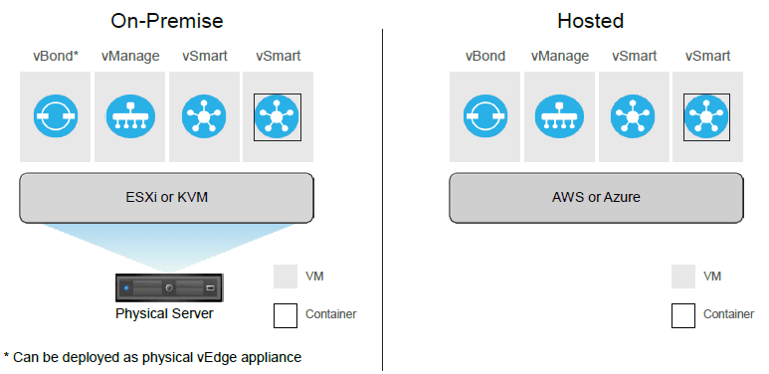

The Tiger II was the successor to the Tiger I, combining the latter's thick armour with the armour sloping used on the Panther medium tank. Contemporaneous Allied soldiers usually called it the King Tiger or Royal Tiger. It was also known informally as the Königstiger ( German for Bengal tiger and also, literally, "King Tiger"). The ordnance inventory designation was Sd.Kfz. The final official German designation was Panzerkampfwagen Tiger Ausf. The Tiger II is a German heavy tank of the Second World War. Your skills in that environment impacts directly on the success you enjoy.Cross country: 15 to 20 km/h (9.3 to 12.4 mph)

Whatever your job, whether you produce, sell or service, you will do this in the context of other people - people are your working environment. Having a relationship with people is not optional. The bottom line will reflect the skills of staff and the quality of their relationship. The root argument of SDI is that organisations are not successful, it is the people who work within them that are successful - they drive it forward, slow it down or even put it into reverse!The values of an organisation can be measured by the expertise of its staff and their ability to work together.

Each participant will have a follow-up coaching call of 20-30 minutes to ensure success/change/enjoyment.įor further information on Strength Deployment Inventory® and / or PJ Stevens as a facilitator please give us a call.PJ Stevens will visit your offices or utilize a suitable venue, and during the visit, each of the participants will have 30-40 minutes 1:1 coaching with him on matters of their choosing for exampleĬheck understanding, values, benefits and changes. For person-specific needs, individual coaching is available.Knowledge, Skill and Attitude - Dr Stephen CoveyĮach participant will be offered the chance to call the trainer for a 20-minute phone call during the following week. Understand the difference between 'important and urgent' Who will you need to help you and the organisation succeed? SMART goals, roles and responsibilitiesĪchieve workable outcomes that make a differenceĮnjoy motivation, involvement and responsibility Use skilled learned to problem solve effectivelyĤ. What areas of work need development (people and practices) Share in the group - encourage participants to 'coach' each other What did not work - how can you alter change? This session will pick on the previous two-day program and include. Practical things to do when there are conflict and perception gapsĭevelop competency in giving and receiving feedbackĭiscover your current persuasion strategyĬommunicate organisational change and get commitmentĮasy steps to improve motivation and job satisfactionīecome a facilitative leader and empower your teamĭecide action agenda Each participant will be asked and encouraged to ring the facilitator for a twenty-minute phone call during the following week. Some practical ways to close the perception gapĪctively manage your impression for better results How does your style of working come across to others?
STRENGTHS DEPLOYMENT INVENTORY SD HOW TO
How to deal with the angry customer/team member Practical tips to get along with difficult peopleĭiscover your behaviour pattern in conflict Understand insecurity, self-doubt and de-motivation What can you learn from body language, hobbies, pets and work place? People are our/your working Environmentĭiscover how vital relationship skills are to business success


 0 kommentar(er)
0 kommentar(er)
